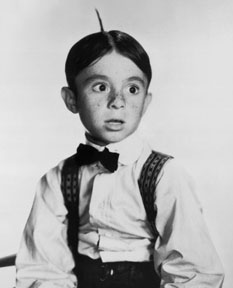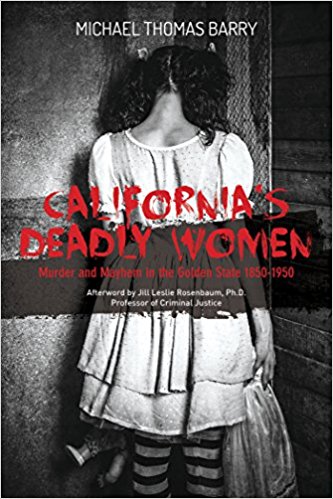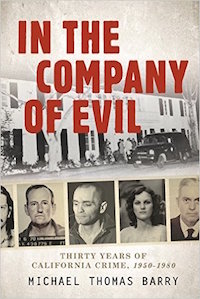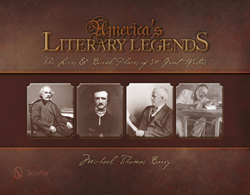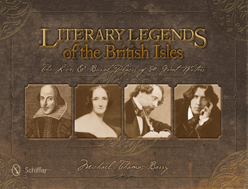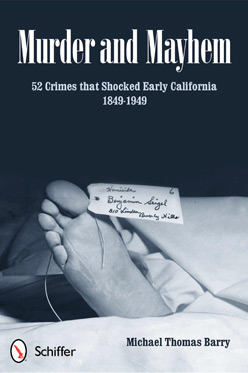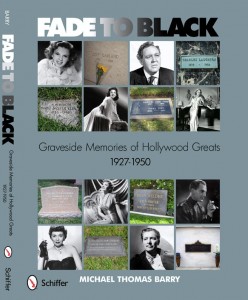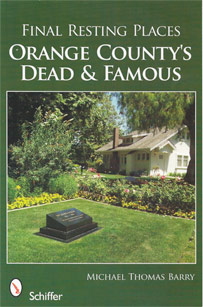01.30

On January 30, 1835, Andrew Jackson becomes the first American president to experience an assassination attempt. Richard Lawrence, an unemployed house painter, approached Jackson as he left a congressional funeral held in the House chamber of the Capitol building and shot at him, but his gun misfired. A furious 67-year-old Jackson confronted his attacker, clubbing Lawrence several times with his walking cane. During the scuffle, Lawrence managed to pull out a second loaded pistol and pulled the trigger, but it also misfired. Jackson’s aides then wrestled Lawrence away from the president, leaving Jackson unharmed but angry and, as it turned out, paranoid.
Lawrence was most likely a mentally unstable individual with no connections to Jackson’s political rivals, but Jackson was convinced that Lawrence had been hired by his Whig Party opponents to assassinate him. At the time, Jackson’s Democrats and the Whigs were locked in battle over Jackson’s attempt to dismantle the Bank of the United States. His vice president, Martin Van Buren, was also wary and thereafter carried two loaded pistols with him when visiting the Senate. Jackson’s suspicions were never proven and Lawrence spent the rest of his life in a mental institution. A century later, Smithsonian Institute researchers conducted a study of Lawrence’s derringers, during which both guns discharged properly on the test’s first try. It was later determined that the odds of both guns misfiring during the assassination attempt were one in 125,000.
Michael Thomas Barry is a columnist for CrimeMagazine.com and is the author of numerous books that include Murder and Mayhem 52 Crimes that Shocked Early California, 1849-1949.



